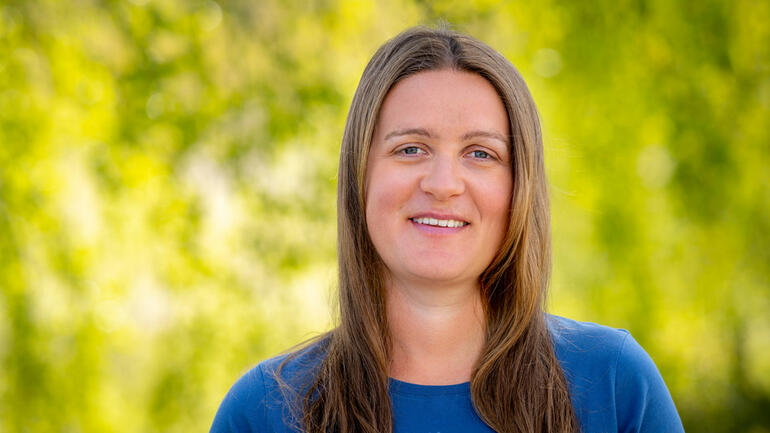Hanna Kavli Lodberg-Holm ved fakultet for teknologi, naturvitenskap og maritime fag (TNM) vil forsvare sin avhandling for graden philosophiae doctor (ph.d.) i programmet Økologi ved Universitetet i Sørøst-Norge (USN).
Tittelen på avhandlingen er: «Spatio-temporal foraging behavior, habitat selection and impacts of bio-logging on Eurasian beavers, Castor fiber».
Alle kan følge prøveforelesningen og disputasen på campus eller på Zoom.
Følg denne lenken for å delta på Zoom
Om avhandlingen:
Hanna Kavli Lodberg-Holm will defend her PhD on the foraging behavior and habitat selection of Eurasian beavers (Castor fiber) and how their behavior varies in space and time.
Her thesis is part of the Norwegian Beaver Project, which is the world’s largest and longest running research project on beavers. She has been employed at the University of South-Eastern Norway at campus Bø throughout her PhD period.
Beavers are very similar in body size and behavior and are often studied as a group where their individual needs are assumed to be similar. This study revealed that there are large differences among individuals and across time.
Beavers chose different food resources and habitats throughout the year and sometimes also across the night. There were considerable differences between individual beavers related to characteristics such as sex, age, and reproductive status.
Especially females that give birth to beaver kits use much energy during the reproductive period in spring and may have higher energetic needs, which may be the cause of these differences. In late summer, beavers started foraging on cereal fields, which is a behavior not well described in previous studies.
Surveying where beavers foraged revealed a preference for areas close to the river with a smaller forested buffer zone and where they can avoid steep climbs. They foraged mostly on wheat and oats while these matured just before harvest.
Beavers that spent much time within agricultural fields were also in better body condition, which may indicate that cereals present a high-quality supplementary food source. Hanna lastly investigated potential negative impacts of tracking beavers using GPS units glued onto the fur of the beavers.
She and her co-authors found that beavers equipped with GPS units gained less weight than other beavers. However, the difference was small and water temperature, season, the length of the study period and the weight of the logger had no influence on the beaver’s ability to gain weight.
Beavers are very important species that have significant impacts on the ecosystem and large efforts are being made to reintroduce them to their previous range.
It is therefore important to understand the behavior of this keystone species and how it varies across time and among individuals, which highlights the complexity of wildlife behavior and interactions within the ecosystem.
